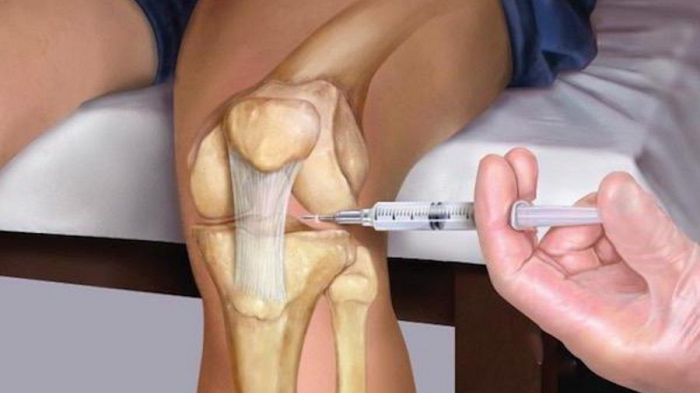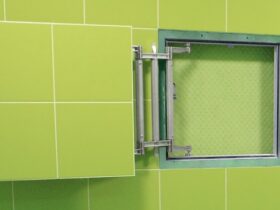Baker’s whist is a collection of synovial fluid that forms near the joint of the shaft, usually at the back of the shaft. These cysts can be released due to inflammation of the synovium of the joint, where it rises to the accumulation of synovial fluid.
The symptoms may initially be painless, but can cause problems if they accumulate enough to reduce the pressure on surrounding pressures. You can always get more information on the website https://eldolorderodilla.com.
Symptoms of the disease
In some cases, a spinal cord on a rod may not cause symptoms, especially if it is small. The presence of a bulb or protrusion on the back of the shaft, which may be smooth and movable to the touch, is the first significant symptom of the disease. Another symptom is pain in the back of the shaft, which may get worse with exercise or after it is removed or touched for a long time. A feeling of stiffness or tension on the shaft, especially after periods of inactivity, also indicates the presence of the present pathology.
Treatment Options
Treatment for spinal cord on a rod may vary depending on the severity of the disease, severity of symptoms, and the underlying cause. If the condition is minor and does not cause serious symptoms, the doctor may simply monitor the condition through periodic examinations to detect any changes in his behavior. To relieve pain and inflammation, the patient takes non-steroidal anti-inflammatory medications such as ibuprofen. To reduce inflammation and pain, injections are given directly into the affected joint. Physical therapy also helps strengthen muscles by improving the core and improving flexibility. This relieves symptoms and prevents bone damage.














Оставить коммент.